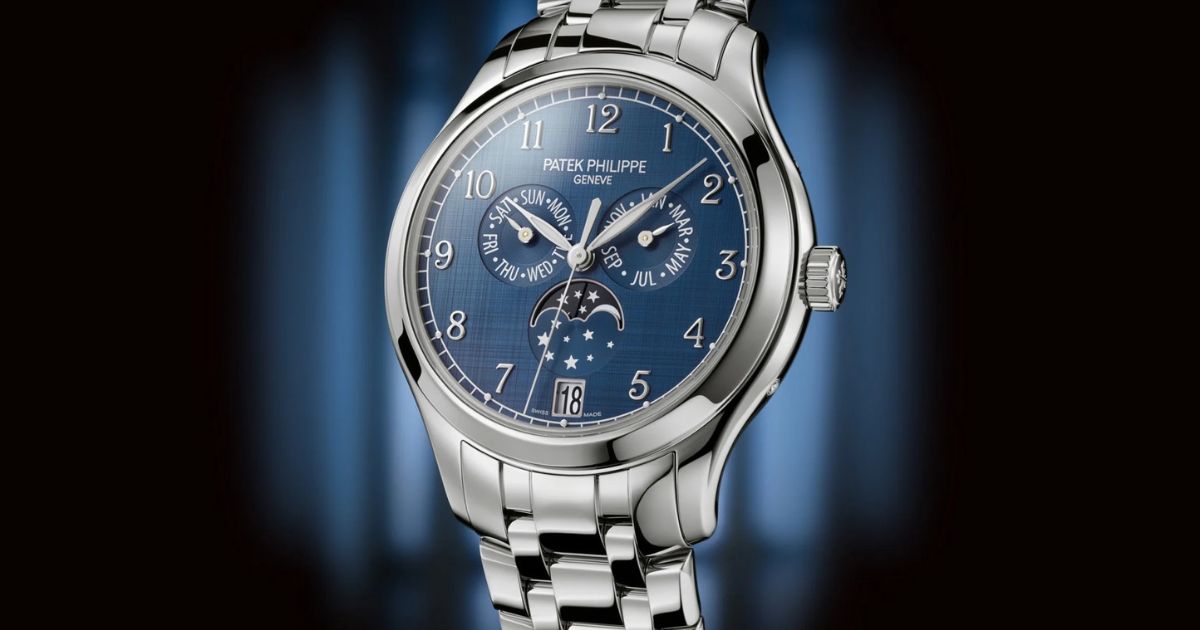When shopping for a watch, you’ll often see markings like “30M water-resistant” or “10ATM” on the dial or case back. But what do these numbers actually mean? Contrary to common belief, a watch labeled “30 meters water-resistant” doesn’t mean you can dive 30 meters deep with it. Understanding water resistance is crucial to ensure you’re using your watch properly and not damaging it.
What Does Water Resistance Really Mean?
Water resistance in watches refers to their ability to withstand moisture exposure without letting water seep into the case. However, this rating is often misunderstood because it is tested under controlled lab conditions—not real-life scenarios where water pressure fluctuates due to movement
Common Water Resistance Ratings Explained
1. No Marking or “Water-Resistant” Only
- Minimal protection against moisture.
- Avoid exposure to water entirely (even rain or splashes).
2. 30M / 3ATM / 100FT
- Resistant to light splashes, rain, or handwashing.
- NOT suitable for swimming or submersion.
3. 50M / 5ATM / 165FT
- Can handle more water exposure, including showering or brief immersion.
- Still not ideal for swimming or heavy water pressure.
4. 100M / 10ATM / 330FT
- Suitable for swimming, snorkeling, and recreational water activities.
- Not for diving—strong water pressure can still push water inside.
5. 200M / 20ATM / 660FT and Beyond
- Good for serious water sports, including scuba diving at moderate depths.
- Professional dive watches often have ISO 6425 certification for reliability underwater.
6. Diver’s Watches (ISO 6425 Certified)
- Typically rated 200M+, designed specifically for deep dives.
- Includes features like screw-down crowns, helium escape valves, and superior gaskets for water-tight sealing.
Key Watch Features That Enhance Water Resistance
- Screw-Down Crown & Pushers – Creates a tight seal to prevent water entry.
- Case Back Sealing – Properly sealed case backs improve resistance.
- Gasket Maintenance – Rubber gaskets dry out over time, requiring periodic replacement.
- Crystal Type – Sapphire and mineral glass provide better water protection.
Best Practices to Maintain Water Resistance
- Avoid pressing buttons underwater unless the watch is designed for it.
- Ensure the crown is fully pushed/screwed down before contact with water.
- Rinse with fresh water after exposure to saltwater or chlorine.
- Have your watch pressure-tested annually to check for leaks.
- Do not expose to extreme temperature changes, as this can affect seals.
Final Thoughts
A watch’s water resistance rating helps determine its durability in different environments. However, always check the manufacturer’s guidelines before exposing your timepiece to water. If you need a watch for water-heavy activities, opt for at least a 100M-rated timepiece, and for diving, a certified ISO 6425 dive watch is your safest bet.
By understanding these ratings, you can choose a watch that fits your lifestyle while keeping it in top condition for years to come.





